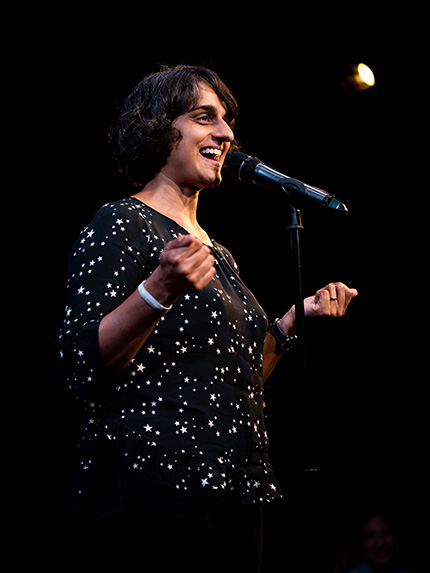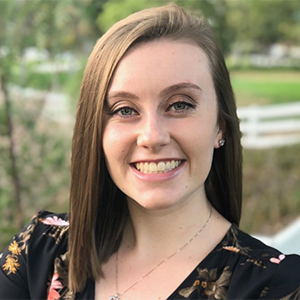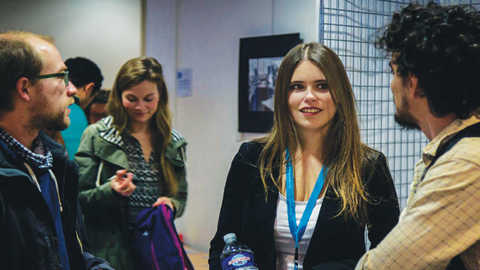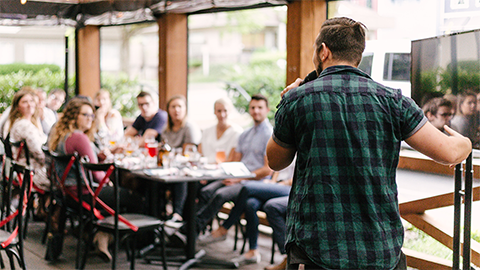The Art of Science Communication
The Art of Science Communication is an eight-week online course developed by the Science Outreach and Communication Committee that provides scientists at all career stages with fundamental training in science communication.
The goal of the course is to equip participants with the skills and knowledge to effectively and confidently present their science to nonexpert audiences in various settings, such as a formal public lecture or stakeholder presentation, or an informal local outreach event.
Using video lectures, background material, live online discussions, the course covers the important components of what makes for a successful presentation, including messaging, generating interest and engaging with the audience.
The course is open to all scientists and STEM professionals.
Join the Art of Science Communication mailing list for updates on course offerings.
Course publications
For more information about the course and its impacts, please refer to the committee's published work:
- 2018: The Art of Science Communication—A Novel Approach to Science Communication Training
- 2023: Science Communication Training Imparts Confidence and Influences Public Engagement Activity
Course dates
If hosted, winter session enrollment begins in December and the course runs in late January through March.
Summer session enrollment begins in May and the course runs in June through August.
Cost
- $45 for ASBMB members.
- $100 for nonmembers. Join ASBMB and save!
Format and syllabus
The course is eight weeks long — six weeks of learning and two weeks for preparation and delivery of final presentations. Preview the course syllabus and weekly learning objectives here.
In the first assignment, participants record and present a short, three to five-minute talk on a scientific topic (preferably the participant’s research topic or topic of interest). The talk should be appropriate for the general public or nonexpert audience. This “before” video is used as a reference point for the weekly discussions and homework assignments and helps measure participant progress.
In addition, each week participants:
- Watch instructional video content and read or view supplementary resources that highlight core, introductory principles in science communication;
- Engage in homework assignments that help to reinforce the material and apply the strategies and techniques learned each week; and
- Attend weekly virtual discussions (one-hour interactive feedback sessions via Zoom) during which participants discuss that week’s content and assignments. Discussions provide peer-to-peer mentoring and guidance and are facilitated by course alumni. They are an integral part of successfully completing the course.
The final assignment takes place in the last two weeks of the course. Using the skills and strategies learned, participants record and present another three to five-minute talk, preferably on the same scientific topic.
Participants should plan to dedicate three to four hours to the course per week. Those who finish the course, including the final recorded talk, will receive a certificate of completion.
Questions? Contact us at publicaffairs@asbmb.org
Related articles
Talking about science outreach and communication
Ann Stock, president of the ASBMB, has a conversation with Christina Swords about the Art of Science Communication, Community Day, outreach grants and more.
An ASBMB course brought me closer to my SciComm career
While working on her Ph.D., Katharina Henning discovered the science communication career path. Then she found an online class that showed her how to do it.
Making science more accessible: science communication careers
A great science communicator does three things: makes science more engaging to the public, finds ways to support outreach, and curates content using a variety of formats to target audiences.





